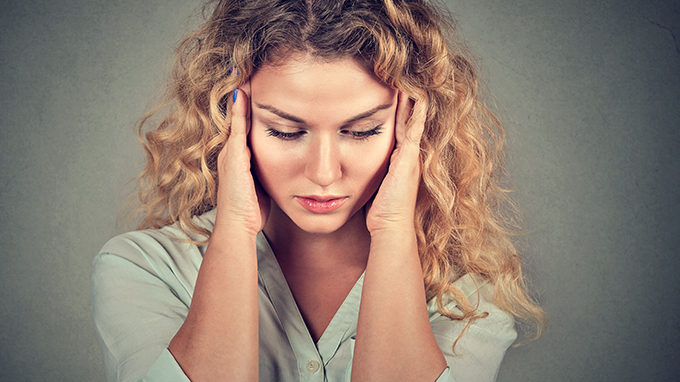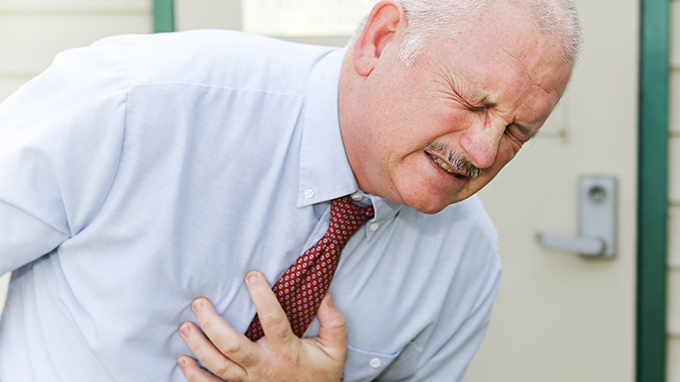Eight reasons women are susceptible to anemia
Iron deficiency anemia is the most common anemia. Iron deficiency leads to insufficient synthesis of hemoglobin (Hb), and the function of hemoglobin is to combine with oxygen in the air and transport it to the whole body. Insufficient concentration of hemoglobin in the blood causes the body to be hypoxic, and has anemia symptoms such as poor complexion, dizziness, fatigue, decreased physical strength, and weakened immunity. In China, iron-deficiency anemia is still one of the most common nutritional deficiencies, especially in adult women, the prevalence is high, more than double or more than men. Why are women more likely to suffer from anemia?
1. Women generally consume less food than men, but they need more iron than men, so they are prone to iron deficiency. According to the Reference Intakes (DRIs) released by the Chinese Nutrition Society in 2000, adult women are recommended to consume 2100kcal of energy per day (2400kcal for men) and 20mg of iron (15mg for men). Women''s recommended energy intake is less than men''s (less food intake), but iron''s recommended intake is more than men''s. This contradiction is more difficult to resolve, that is, it is more difficult to ingest more iron when eating less food.
2. Urban women have low labor intensity and are more sensitive to weight gain, so their energy intake is lower (only 1800kcal or less), but the iron requirement is not low. This makes the above-mentioned contradiction more prominent. If no targeted measures (increasing iron-rich foods) are taken, iron-deficiency anemia is prone to occur.
3. Female recipes generally have less meat than men, so they are prone to iron deficiency. Meat, especially red meat (lean meat, beef and mutton, animal liver and blood) is the best source of iron, its iron content is more high absorption rate, and it is not easy to be interfered, is the best guarantee of iron nutrition. However, in real life, women often consume less red meat than men.
4. Women lose their iron due to menstrual blood loss, so they are prone to iron deficiency. Compared with men, women lose a part of their iron during monthly menstrual bleeding. The male body loses no more than 1 mg of iron per day, while females lose 0.56 mg of iron per day than men (there are also reports of 0.5 mg). In fact, this is why women need more iron than men.
5. Female hormones have no effect on promoting hemoglobin synthesis. Male hormones (androgens, such as testosterone) have the effect of promoting hemoglobin synthesis, while female hormones (estrogen, such as estriol) have no such effect. Therefore, the concentration of hemoglobin in the blood of women is generally lower than that of men, and anemia is more likely to occur.
6. Women will devote their own iron reserves to their children due to physiological processes such as pregnancy and breastfeeding. If they are not replenished in time, iron deficiency anemia is prone to occur.
7. Urban women have low labor intensity, low physical activity, insufficient exercise, cardiopulmonary function lack of exercise, which affects the body''s ability to use oxygen. When hemoglobin drops, anemia symptoms are more likely to occur.
8. Women''s weak constitution, pale face, lack of strength, even sickness, fatigue and other issues are often regarded as "normal phenomena", and feel that women "should be so." People lack sufficient vigilance for women with iron deficiency anemia, insensitive, blind, and do not take active and effective measures, resulting in many women suffering from iron deficiency anemia for a long time, the population prevalence increased.
The most effective dietary measures for the prevention and treatment of iron-deficiency anemia are two:
First, eat an average of 50 grams of red meat per day, red meat refers to lean meat, beef and mutton, animals Liver and blood.
Second, eat vegetables and fruits rich in vitamin C or directly supplement vitamin C to promote iron absorption.
Related Articles

- Drinking water can prevent heat stroke
- Actually, the hot weather is not the direct cause of heat stroke. Heat stroke is mostly caused by sweating caused by heat. Under the high temperature in summer, the body sweats tens of tim
- 2020-08-03

- Easily smooth out "head down syndrome"
- People engaged in scientific research, editing, writing and other work are prone to neck and shoulder pain due to long-term bow work, commonly known as "head bow syndrome".
- 2020-08-03

- Dietary principles of patients with hyperlipidemia
- The main dietary principle of patients with hyperlipidemia is to control the continued rise of blood lipids and prevent serious cardiovascular and cerebrovascular accidents. In addition to th
- 2020-08-02

- Dietary coup for winter cough
- The winter in the north is quick to say. When the northwest wind blows down the last autumn leaf, the dry winter begins. The most common health problems in winter are upper respiratory trac
- 2020-08-02

- Infectious diseases of children common in spring
- Spring is a period of frequent confluence of cold and warm air. Due to the poor resistance of children, it is very easy to get sick in cold and hot weather. Parents learn to understand thes
- 2020-08-01

- Understand the secret of "cough reflex"
- Many parents see that their child''s cough will be tense. They are always used to link "cough" and "disease" together. This is because parents do not understand why
- 2020-08-01
